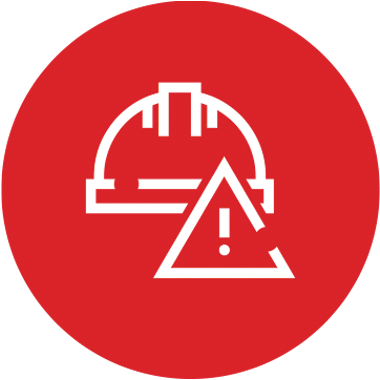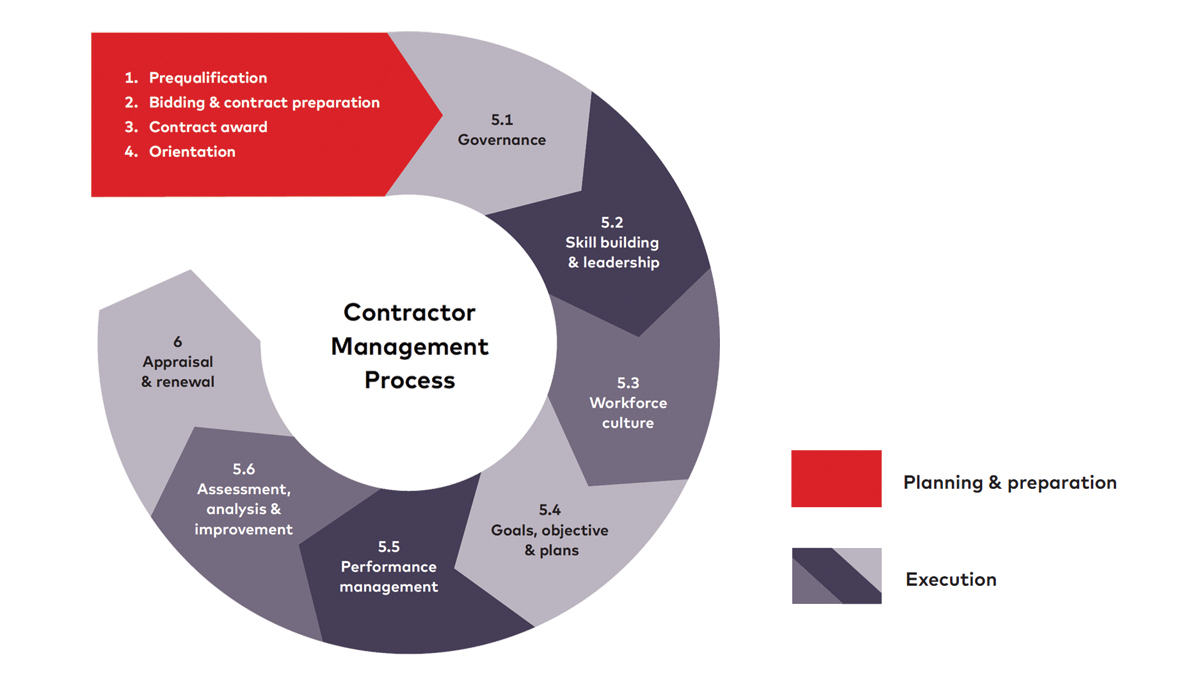How to effectively manage contractor safety
All people are important, and every life is equally important. That is a given. When it comes to managing safety, in principle all contractors should be treated like all other employees. But the reality is that they are not employed by the company and their time onsite may be anything from a few hours to months or years. There are many different types of contractors who must be treated somewhat differently depending upon their relationship with the company. What implications does this have on managing risks? And what can companies do to make sure safety expectations for contractors are consistently applied?

 |
"There is no escaping the fact that the use of contractors is on the rise. It is also estimated that contract workers have higher accident rates than employees and are often performing high-risk tasks. Are alarm bells ringing yet? They should be." |
Recognise the risk
The purpose of a contractor is to alleviate the pressure of day-to-day operations, this could be providing specialist expertise, filling a gap whilst permanent recruitment takes place, or providing ongoing support to business operations. We have established that contractor roles can vary widely, as does their time on-site, but so can their competency, exposure to risks and safety awareness. There is no escaping the fact that the use of contractors is on the rise. It is also estimated that contract workers have higher accident rates than employees and are often performing high-risk tasks. Are alarm bells ringing yet? They should be. Contractors provide essential services to companies and managing contractor safety is not only essential for the contractor, but also for those around them, as well as protecting corporate reputations and responsibilities. To do this effectively, it is also important to recognise the differences between managing short-term and long-term contractors. You can’t build a culture for someone who comes and goes once and year, but you still need to manage them so they can conduct their job in a safe way.
Effective selection process
Mitigating risks starts with an effective contractor management system, this is particularly important for short-term contractors and critical for making informed decisions about which contractor to select for specific jobs. The first stage of this system is contractor selection and involves pre-screening to gain an insight into their levels of training, performance, and safety, helping to identify and select specific contractors for each role. This allows a proactive, rather than reactive approach to safety as the reality is that sometimes it is necessary to contract someone who is the only option for the specialised job, but their safety rating may cause some concern. Knowing this in advance allows for a proactive approach whereby actions can be taken to mitigate and manage the risk. Another important point to recognise is that it is typically purchasing departments that solely oversee the selection process and are often distant from operations. The two departments don’t communicate as much as they could and should. Worst case these contracts are prepared in isolation and only from a financial perspective with safety irrelevant and ignored. It is vital that operations are involved in the negotiations and agreement and that there is open and constructive communication between departments.
Strong safety culture
Safety cannot be a ‘bolt-on’ to a contract and it is difficult to manage contractors if the culture is not right within an organisation. Safety culture is a way of thinking, behaving, and working, to reduce harmful and dangerous situations. Improving a situation is a management curve and applies to all cultural development. This learning curve or path can help to improve performance and, in this case, reduce injury rates. dss+ devised a Bradley Curve™ demonstrating that injury rates will be higher if individuals are supervised and told the rules to follow, whereas injury rates will be lower if people feel cared for and listened to by their managers, they then feel involved and committed. This emphasis on cultural development works well with the long-term contractors who can be made to feel part of the team and included in idea generation and improvement activities. Whilst short-term contractors are different, the good news is that if the culture is good short-term contractors will feel it and see it when they are onsite too. This may include a safety induction at the gate, having a discussion about how important safety is within the company to set the expectations, being paired with someone from the company, or even being supervised all the time. In practical terms, it is about supporting contractors to feel safe and work safely.

3 Actions to Help Improve Contractor Management
Action #1:
Effectively communicate safety expectations to contractors during the contract award process
Ensure knowledge, clearly state the contract safety requirements, and reach an understanding of safety issues – including shop floor level.
Action #2:
Engage contract workers in the safety culture
Talk about the risks, and have a discussion. Check they are well-equipped for the job the conditions.
Action #3:
Evaluate to help manage future risks
A contractor management system is only robust if it is used systematically. Post-contract evaluations are vital to providing selection insights for future contracts.
The figure shows the important steps of the complete contractor management process, from pre-qualification through to appraisal and potential renewal.
Contact us to discuss how dss+ can help to improve your contractor management system, making it more effective and ultimately helping you to mitigate risks.